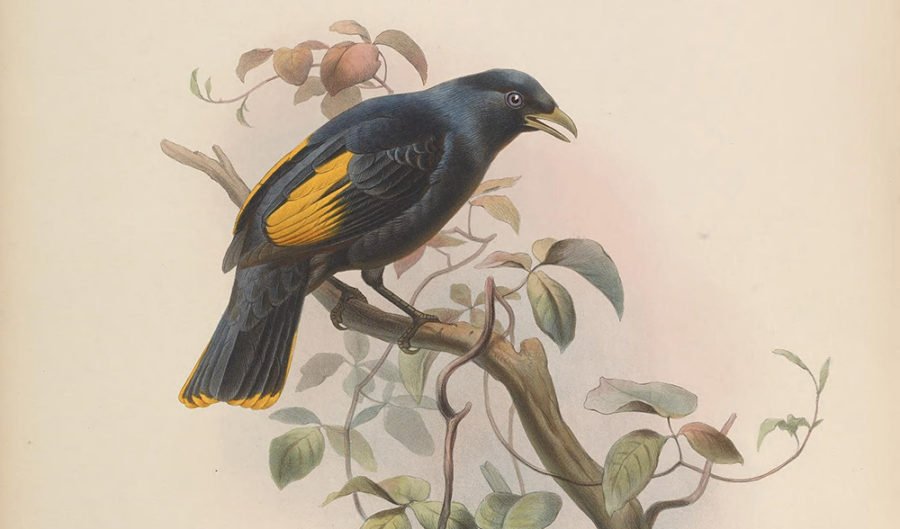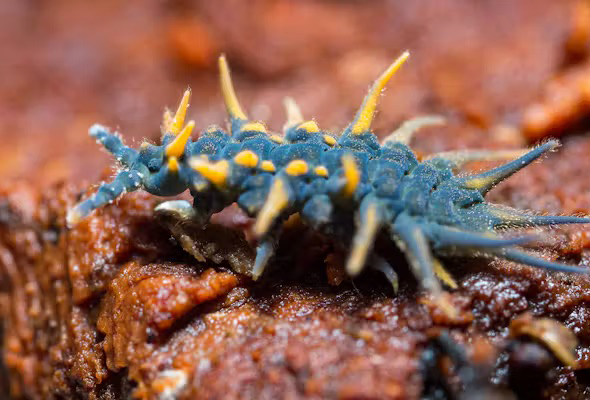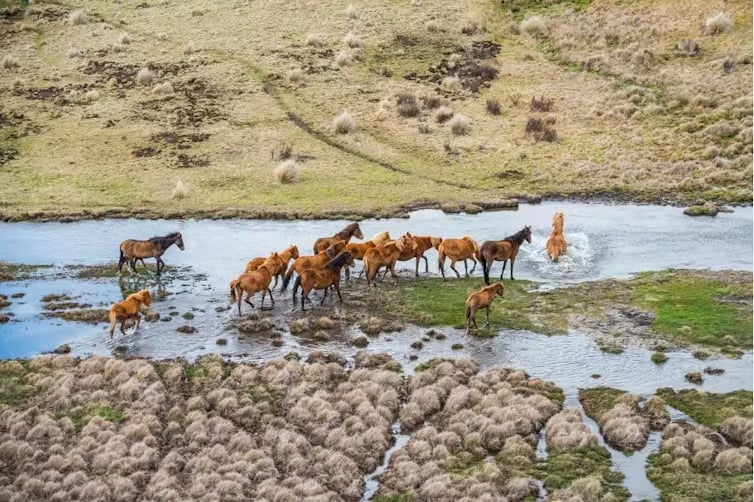Australia’s mysterious hybrid bird

DISCOVERED IN 1867 in Brisbane (in Indooroopilly, within walking distance of my house), Rawnsley’s bowerbird was shiny blue with golden wings, marking it out as unique. But it fitted what you might get if a satin bowerbird got too chummy with a regent bowerbird. The naturalist who named it, Sylvester Diggles, discounted this by citing a sighting from central Queensland.
Arguments followed about whether the blue regent, as it was also called, was real. The feuding even made the Sydney Mail newspaper in the 1870s. However, with no sightings in later decades, the hybrid argument won, and the bird was all but forgotten during the 20th century.
Then, in 2003, one was photographed near Lamington National Park in southern Queensland. And another was photographed a decade later near Coffs Harbour in NSW. The ‘species’ still counts as a hybrid, but as one to keep an eye out for. More are likely in the future.
Bowerbirds are more apt than most birds to make mistakes, because the genders only come together briefly to mate. Females do all the work of building a nest, incubating eggs and rearing young.
That said, hybrids sometimes arise among birds that spend weeks together. There was surprise when a new species of wader, Cox’s sandpiper, was named in South Australia in 1982. All the sandpipers that feed in Australia migrate through Asia to breed in the Arctic, limiting the chances that a species could escape detection for so long. Cox’s sandpiper found its way into a leading field guide, but genetic work showed it to be a hybrid between the curlew sandpiper and pectoral sandpiper – two species that look similar.
Hybrid fairy-wrens, with the red of the red-backed fairy-wren and blue of another species, sometimes show up, without inspiring talk of new species. Their origin is easy to explain. Radio telemetry shows that male fairy-wrens often pursue secret dalliances, doing so in thick vegetation shortly before dawn, when it is too dark to see well. Even in good light the females of different species look very similar.
These hybrids count as mistakes, but some mixed matings are beneficial. For eucalypts, hybridisation is thought to serve as an ‘insurance policy’ that helps them acquire from other species the genes they need to survive a changing climate.
Tim Low is the author of the award-winning book Where Song Began. Follow him on Twitter @TimLow5.




